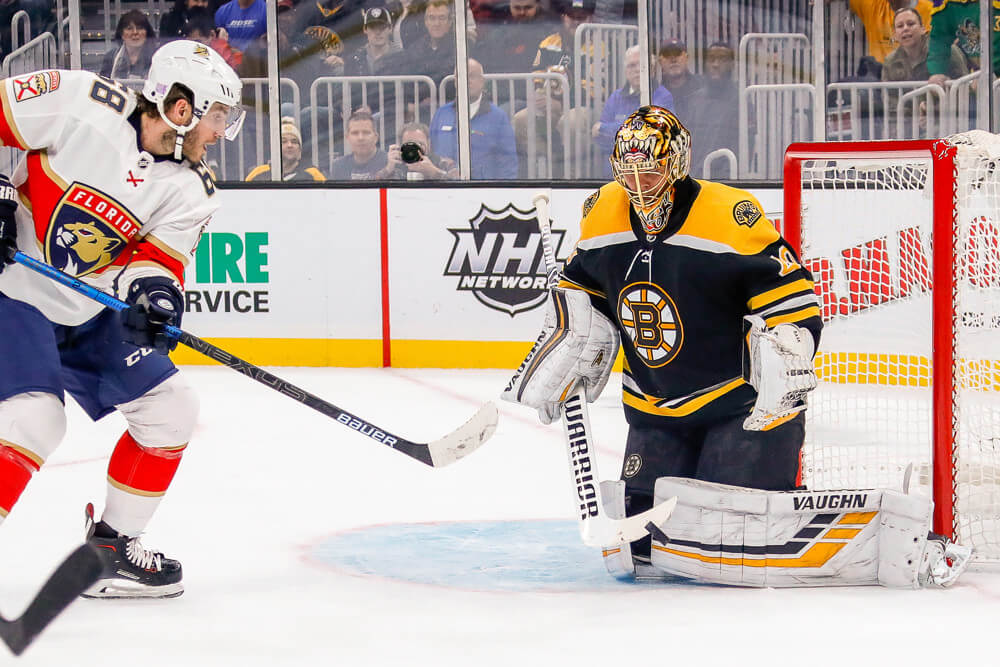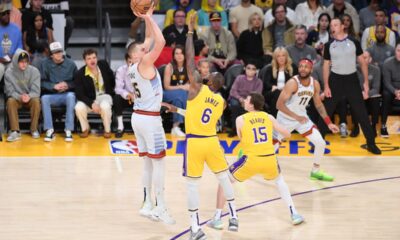The NBA was the first pro sports league to take a serious look into load management when teams began to cycle their players more often a couple of years ago in order to allow more time to rest. At the time, though, the practice wasn’t widespread, nor was it easily recognized. That has changed drastically this year, and even more so in just the past couple of weeks, and it now appears that load management fever is being contracted by other leagues as well, including the NHL, who have begun to adopt the practice.
NHL Adopt Load Management
Everyone can expect to hear chatter about load management a lot more often going forward. The practice essentially centers on the belief that players need to be rotated in order to not be so physically stressed. This had particularly become an issue in the NBA, where 82 games are crammed into about six months and often included back-to-back contests. Instead of extending the season, or reducing the number of games, teams are now forced to sit key players out (through the team’s own choice) in order to keep them healthy for longer stretches.
The NHL may not be trying to copy the NBA in terms of load management, but it is definitely moving in that direction. Just looking at last year show signs of the same. Out of all the teams fighting for a chance at the Stanley Cup, and who made it to the playoffs, only two did not have their starting goalies in the lineup for more than 45 games during the regular season. Those two were the San Jose Sharks and the Columbus Blue Jackets – the rest of the teams gave their star goaltenders more breaks. The Boston Bruins, for example, let Tuukka Rask play less and he was able to shine right when his talents were needed the most.

100% Bonus up to $1,000 + $25 Token
T&C APPLY | NJ, MI ONLY Join Now
100% Bonus up to $1,000 + $25 Token
T&C APPLY | PA ONLY Join Now
$1000 Risk Free Bet
T&C APPLY | NJ, PA, IN, CO, NJ, MI, IA, LA, MS, OH ONLY Join NowThat strategy paid off, of course, as the Bruins went all the way to the Stanley Cup playoffs. Even though they were ultimately defeated by the St. Louis Blues, it’s hard to dismiss Rask’s contributions to the deep run the NHL team saw and how load management helped him achieve that success.
Fast-forward to this year and the Bruins are at it again. They’re 11-3-4 and are cycling their goalies regularly. It seems to be a recipe for success with high rewards.
The New York Islanders are doing the same this season, taking it easy with their goaltenders. It seems to be paying off handsomely so far, since the team is 13-3-1 and just recently wrapped up a ten-game winning streak. While their rotation formula hasn’t been set in concrete, whatever they’re doing seems to be working.
There’s little reason to expect this trend to fizzle out, either. It has only started, at least in the NHL, with goalies, but there’s a good chance that load management will make its way to all positions, possibly as early as this season. At the very least, though, it should be expected among all top teams as they try to save their protection in the net.
Players in all sports leagues aren’t individuals, nor have they been for a long time. They’re company assets and, as such, company owners and presidents want to protect their investments as much as possible, while maximizing profits. While load management goes a long way to helping the situation, it doesn’t cut out the root issue, which is that players are being overworked in order for teams to be able to squeeze every minute amount of energy from them as possible. It’s something everyone will have to get used to, as this isn’t going to change anytime soon.

100% Bonus up to $1,000 + $25 Token
T&C APPLY | NJ, MI ONLY Join Now
100% Bonus up to $1,000 + $25 Token
T&C APPLY | PA ONLY Join Now
$1000 Risk Free Bet
T&C APPLY | NJ, PA, IN, CO, NJ, MI, IA, LA, MS, OH ONLY Join Now















